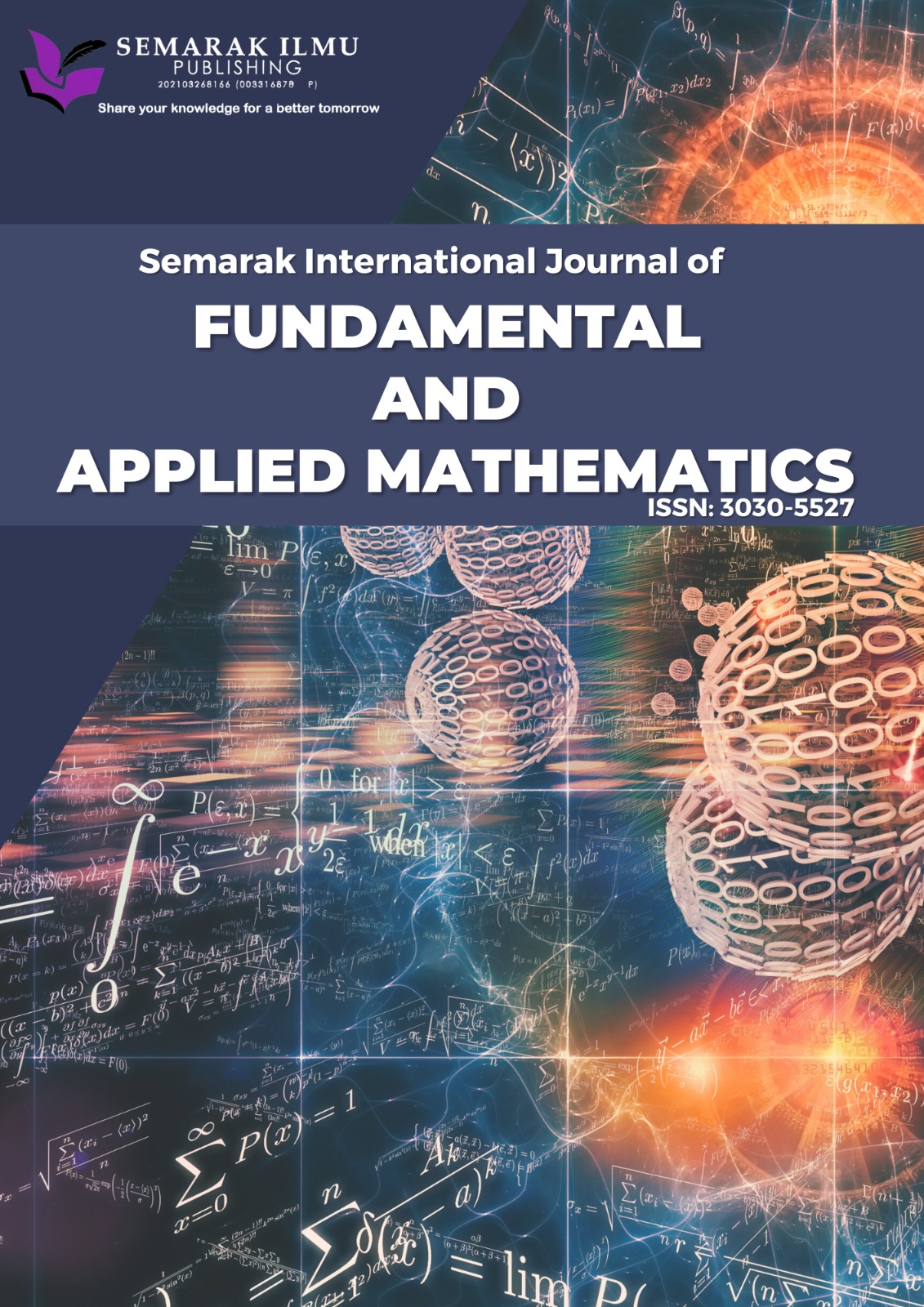Spectral Bipartition via Gap Cut on DNA Sequences
DOI:
https://doi.org/10.37934/sijfam.3.1.1127Keywords:
DNA, Graph partitioning, Spectral bipartition, Fiedler theory, Algebraic graph theoryAbstract
Deoxyribonucleic Acid (DNA) and graph partitioning are two distinct fields of study which can be linked in the structure of biological networks. Graph partitioning has been extensively studied but not its application in the biological field. This research explored on the application of spectral graph partitioning in DNA splicing, aiming to simulate the cleavage of DNA by performing spectral bipartition on DNA sequences in a DNA splicing system. This research incorporates Fiedler theory and algebraic graph theory, which are commonly utilized in network analysis and the analysis of graph connectivity. Some DNA sequences of even length are selected and expressed in graphical representations. The adjacency matrix, Laplacian matrix, and degree matrix are computed from the graphs, as well as the Fiedler value and Fiedler vector associated with the graphs. Gap cut is used as a method of spectral bipartition which produces two partitions of DNA sequence of unequal lengths. The generalizations of gap cut on DNA sequences of even length are provided as lemmas and theorem.
Downloads










